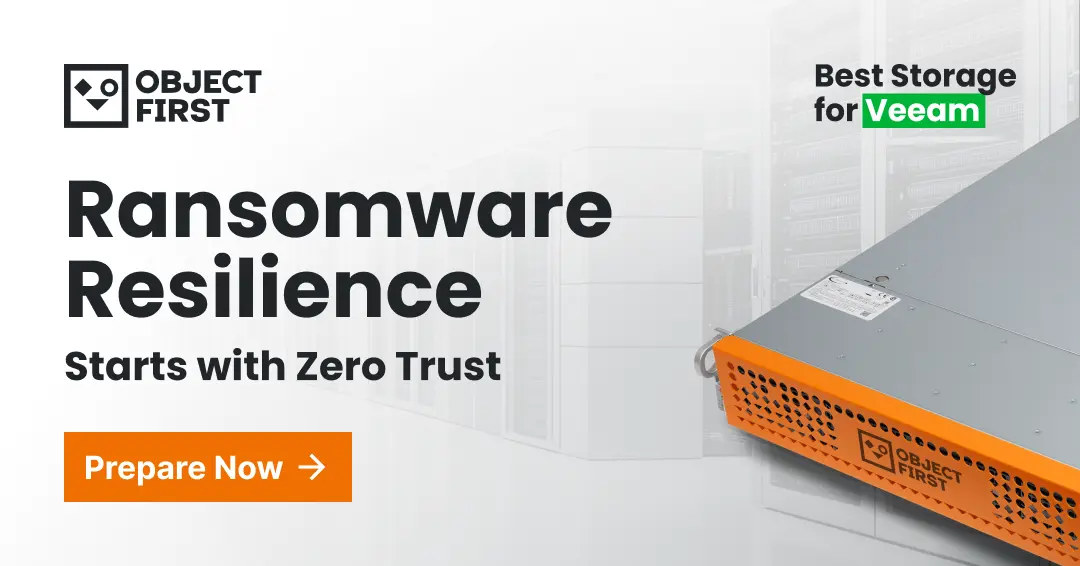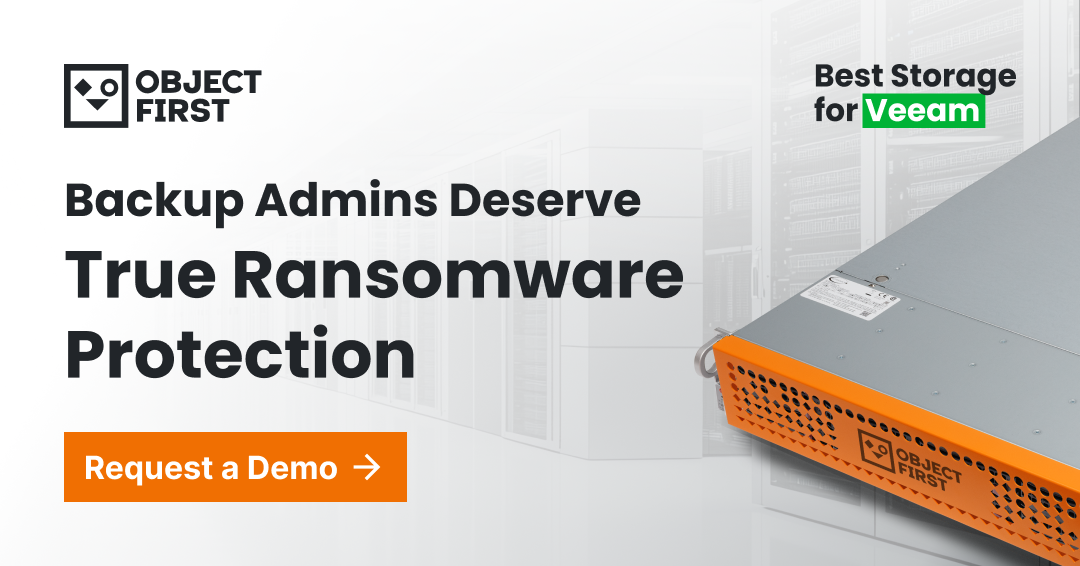Zero-Trust Security: Assume Nothing, Verify Everything
Zero Trust is a military-grade security model officially endorsed by the US Department of Defense. It is a trust-no-one, air-tight security paradigm that grants no ultimate clearance and constantly screens against potential threats at every organizational level.
Companies are finding Zero Trust security essential to their operation because unfettered connectivity, remote work, and cross-border collaboration have blurred the lines between safe and unsafe business environments.
In this article, you’ll discover what Zero Trust is, how and why you should apply it, and what you can get out of it. Take a page from the Pentagon’s book and use Zero Trust to fortify your company against hackers.
What is Zero Trust?
Zero Trust is a security model that moves away from traditional, perimeter-based defenses. Instead, it imposes short-interval authentication and least-privilege authorization on every actor inside and outside an organization.
Zero Trust means that every person within the organization might be a potential vector of attack—whether intentional or not. Malicious software, social engineering, and other hacking techniques leave no one safe from becoming a tool in the hands of a criminal.
All benefits of Zero Trust can be summed up in one statement: maximum immunity from threats and minimal ramifications if they happen. All Zero Trust principles and technology work toward that singular goal.
How Does Zero Trust Work?
In essence, Zero Trust architecture relies on a dynamic security policy and a system-wide collection of security intelligence.
A dynamic security policy requires organizations to define clear rules governing access to and control over their assets and resources. They should be as granular as possible, which shrinks trust zones and contains potential threats to manageable areas.
Once the dynamic policy is in place, security intelligence needs to work. This entails collecting and analyzing network logs, user IDs, behavioral patterns, geolocation data, threat databases, and other information that help carry out the policy.
Zero Trust Security Main Principles
Zero Trust security is based on the following main principles:
- Continuous monitoring and validation. All resources are locked by default. Access tokens expire quickly, forcing users to re-enter credentials in short-term intervals.
- Least-privilege access. Users are only authorized to the extent that lets them perform their tasks on a resource.
- Device access control. Security screening applies not only to users but also to machines attempting to connect with the network.
- Microsegmentation. All resources are divided into segments so that any security breach only affects a small and manageable portion of the organization’s assets.
- Curbing lateral movement. Hackers can no longer roam freely around the network once inside because all access is short-term, least-privilege, and segmented.
- Multi-factor authentication. Users must provide more than one piece of evidence for their identity–for example passwords and SMS codes.
Zero Trust Use Cases
Zero Trust will improve security in every company, but its implementation requires an organization-wide effort. Understandably, not every business is ready to make that commitment. However, investing in Zero Trust is worth contemplating under several specific circumstances. Consider Zero Trust if you are:
- Concerned about ransomware. A successful ransomware attack hinges on the attacker’s ability to penetrate the target system and gain wide enough control to perform encryption.
- Employing remote workers or communicating with non-enterprise data sources. Any outside traffic to your organization—whether from people or external services such as SaaS or APIs—increases the danger of malicious attacks.
- Looking for a safer alternative to VPN. VPNs are not compliant with Zero Trust principles because they allow blanket access to your network.
- Managing a cloud or multi-cloud environment. Cloud, multi-cloud, or hybrid infrastructures are more exposed to attacks than on-premises infrastructures.
- Required by law or insurance to implement Zero Trust. Some organizations, such as government institutions in the US, are compelled by law to follow Zero Trust protocols.
Likewise, a growing wave of ransomware attacks forces insurers to include similar requirements in their terms and conditions.
How To Implement Zero Trust?
Zero Trust implementation encompasses three major stages.
Stage 1: Visualization
Creating a detailed map of all the resources in the company, as well as of the trusted identities, endpoints, workloads, and possible avenues of attack from within and outside the organization.
Stage 2: Mitigation
Designing and deploying automated security measures: real-time monitoring and vetting, continuous analytics, least-privilege access, network segmentation, and other means that reduce the probability and impact of threats.
Stage 3: Optimization
Improving user experience without compromising security. A good solution is risk-based conditional access–a mechanism that prompts users for credentials if it detects suspicious activity associated with them.
If you want to learn more about implementing Zero Trust, please check our guide.
Zero Trust Security Best Practices from Object First
At Object First, we want you to never have to pay a ransom again. Zero Trust will help you achieve that goal–all the more so if you remember about a few best practices.
Meet our Six Everythings:
- Scan everything. We cannot stress this enough: what you don’t see, you cannot control. Strive to monitor 100% of all traffic in your organization.
- Update everything. Keep your firmware, software, and threat databases current. It takes less time to exploit a vulnerability or inject malware than to read this article.
- Restrict everything. Grant least-privilege authorization only. Don’t give anyone the tools they don’t need, or you might be surprised by how they use them.
- Segment everything. Fragment your environment to contain breaches if they happen. The finer the division, the lower the damage.
- Hardware-authenticate everything. A text message can be spoofed or intercepted. It’s harder to counterfeit a hardware-based token.
- Balance everything. Don’t throw too many security requirements at the user. A vexed human does not think straight and gives in to error more easily.
Extending Zero Trust to Data Resilience with Ootbi by Object First
Cyberattacks and ransomware target backup data in 93% of attacks. Backup data is often the primary target of ransomware and data exfiltration attacks, but existing Zero Trust frameworks do not include the security of data backup and recovery systems.
Ootbi by Object First was built to support Zero Trust principles, including Veeam’s recommended Zero Trust Data Resilience (ZTDR) architecture, which assumes that individuals, devices, and services attempting to access company resources are compromised and should not be trusted.
Due to the ZTDR architecture and secure appliance form factor, Ootbi is inherently separated from the Veeam Backup & Replication server, creating the proper segmentation between Backup Software and Backup Storage layers to ensure ransomware protection.
Download a white paper and learn to implement Zero Trust Data Resilience for secure backup storage.
FAQ
What is Zero Trust in simple terms?
In plain English, Zero Trust assumes all traffic may carry a threat, so it monitors it constantly and gives only limited access to resources.
What are the five pillars of Zero Trust?
The five pillars of Zero Trust refer to the domains providing information and insights about the system that is protected by Zero Trust. These domains include: Identity, Devices, Application and Workloads, and Data.
What is an example of Zero Trust?
Zero Trust security is useful whenever an enterprise-owned resource meets a non-enterprise resource. Consider these four examples:
1. A third-party contractor needs access to your network.
2. A remote worker on company hardware needs to connect to an external service.
3. Your company uses IoT devices that outsource their workload to cloud computing.
4. Your company utilizes distributed computing.
What is ZTNA?
ZTNA stands for Zero Trust Network Access. It is a gateway that guards and manages access to resources under the Zero Trust paradigm.
Key features of ZTNA include granting per-resource and per-user access, differentiating between network and application access, and concealing IP addresses from authenticated entities.
What is NIST SP 800-207?
NIST SP 800-207 is a Zero Trust framework developed by National Institute of Standards and Technology. It consists of Control Plane, which filters access requests through a Policy Decision Point (PDP); and Data Plane, which executes the decisions through a Policy Enforcement Point (PEP).



